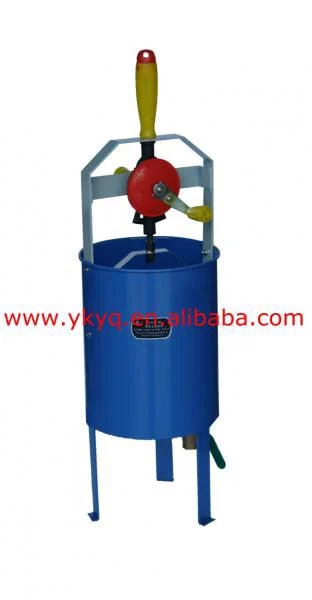

The actual strength obtained is much more than specified. IS: 10262 has classified cement based on 28-day compressive strength as follows: Cement TypeĬlassification of Cement as per IS: 10262 Ordinary Portland Cement 33 Gradeįor OPC grade 33 cement, the compressive strength should not be less than 33 N/mm2 at28 days. It has a faster rate of development of strength.


To know detail step by step process of cement manufacture and comparison of wet and dry process, CLICK HERE. The clinkers are then grinded into fine powder and stored in silos.As a result, clinkers are obtained to which a small amount of gypsum is added to prevent flash setting.These are then mixed dry or wet and then crushed and grinded in a kiln.Calcareous materials like cement rock, limestone, chalk, marine shell, etc and argillaceous materials like clay, shale, slate, blast furnace slag, etc are taken first in specified proportions.In general, the manufacture of OPC can be understood as follows: Production of Ordinary Portland Cement is done either by wet process or by dry process. Gypsum is added in OPC at the time of grinding to adjust the setting time of cement and to prevent the flash setting of cement. Use of Gypsum in Ordinary Portland Cement To know the functions of these oxides in cement, Read Functions of Ingredients in Cement. The general composition of OPC is tabulated below: Oxide These can be cementitious materials or filler materials, which can enhance the workability or water retention capacity of cement. Ordinary Portland Cement composition is given below:ĩ5-100 % portland cement clinker is used while 0-5 % of minor constituents are present. It possesses binding properties to bind the materials together as well as adhesive properties. Ordinary Portland Cement Definition: Ordinary portland cement is a cementing material obtained by fine grinding of portland clinkers with a little amount of gypsum to adjust the setting time and prevent flash setting. Chemical Characteristics of Ordinary Portland Cement.Physical Characteristics of Ordinary Portland Cement.Ordinary Portland Cement Characteristics.Manufacture of Ordinary Portland Cement.Use of Gypsum in Ordinary Portland Cement.Composition of Ordinary Portland Cement.The presence of moisture in cement is easily recognized by the presence of chunks or lumps in the cement. A value of specific gravity of cement greater than 3.25 indicates that the cement was not properly ground into fine powder during its production or that the cement has a high moisture content. Old stock cement can be affected by external moisture content due to bad weather conditions. This is the main reason why we neglect the use of old stock cement. Therefore, it is necessary to test the specific gravity of the cement purchased before the mixing process. Any change in this value of specific gravity will affect the concrete mix design. Nominal concrete mix is prepared with the cement of specific gravity 3.15.

Therefore, if we know the specific gravity of a substance, then we can use the material at a suitable place for any work.Īs we know that the specific gravity of cement ranges from 3.10 to 3.25 Mg/m 3, it can be concluded that it is 3.10 to 3.25 times heavier than the same volume of water and it will sink in water because the specific gravity is greater than 1. If the specific gravity is less than 1, the material floats in water. If the specific gravity is greater than 1, that material sinks in water. All materials in our environment have a certain specific gravity. So that we can know whether the material will sink or float in water. We calculate the specific gravity of any substance to know the behavior of that substance in water. Why do we calculate the specific gravity of Cement or any other substance?


 0 kommentar(er)
0 kommentar(er)
